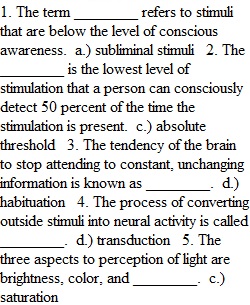


Q • Points 25 • Submitting a text entry box or a file upload • File Types doc, docx, rtf, and pdf "Create Your Own" Quiz Directions (1) Rather than completing a prepared quiz as a review of Chapter 3, please create your own 25-question, multiple-choice quiz. (2) Write the question using a multiple-choice format but list only the correct answer (don't list any alternative options). (3) Create quiz questions you believe are a good review of the material. (6) Submit a minimum of five (5) questions that assess higher learning (e.g., use a scenario or example that asks the learner to identify the correct concept rather than just asking for a definition). For example, Aunt Sally, age 50, is experiencing "hot flashes", decreased estrogen production, and fatigue. Which of the following health issues could she have? Answer: Menopause (7) Submit your quiz as an attached electronic file in Microsoft Word. Each accurate and completed question is worth 1 point. Rubric "Create Your Own" Exam Criteria Ratings Pts This criterion is linked to a Learning OutcomeQuiz questions demonstrate critical-thinking, comprehensiveness, and accuracy of the material 25 pts Meets criterion; work fully meets the criterion as specified in the directions 14 pts Meets criterion; work partially meets the criterion as specified in the directions 0 pts Does not meet criterion; work is inaccurate 25 pts Total Points: 25 "Create Your Own" Exam
View Related Questions